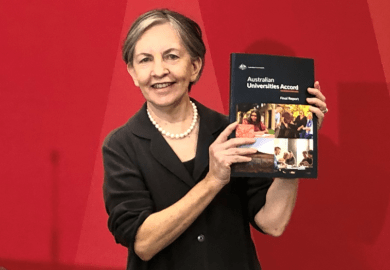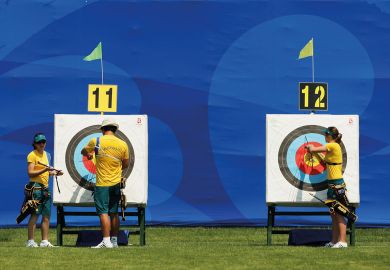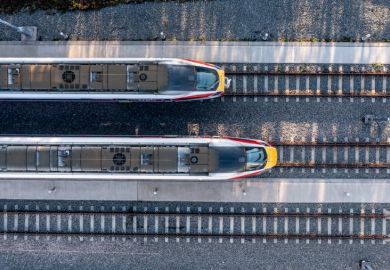In 1991, Chris Bowen took the bus from the outer suburb of Smithfield to nearby Fairfield, where he caught the train to inner Sydney and “started my university life. I was the only person who’d been to a public high school; the only person who came from western Sydney. Nobody knew where Fairfield was.”
Mr Bowen, a former education minister and now minister for climate change, told the story during a 25 February function to launch both the Australian Universities Accord’s report and the Fairfield Connect study hub.
A joint project of Western Sydney University (WSU), University of Technology Sydney and UNSW Sydney, the hub occupies a slice of Fairfield’s shopping strip in Smart Street. Its brief is to make higher education more accessible by providing computers, high-speed internet, videoconferencing facilities and literacy and employability services.
“Whether you are the son of a brain surgeon on Sydney’s North Shore or the daughter of a refugee single mother in Fairfield, you should have the same rights to grow to your full potential,” Mr Bowen said. “Today we’re taking a step forward to make that a reality. Kids walking past with their mum and dad [might] say, ‘What’s that? A university? I didn’t think university was for us.’ Well, today we say it is for us.”
Current education minister Jason Clare warmed to the theme. “Like Chris, I’m a kid from a public school around the corner. My first job was collecting shopping trolleys in the Woolies [supermarket] car park, which was right here. Now it’s become this – a university hub.
“I want to make sure that more kids from the outer suburbs and the regions get a crack at university. I want to put more kids on Smart Street.”
WSU chancellor Jennifer Westacott, former chief executive of the Business Council of Australia, said the hub was “the accord in practice”.
“Fairfield Connect is an example of the new tertiary study hubs which are proposed in the accord,” she said. “This is about tailoring a university offering to the community’s needs. It’s about unleashing the potential of this vibrant and diverse community.”
Mr Clare invoked the “nation changing” achievements of a former Labor government to illustrate his aspirations for the accord. “Under Bob Hawke and Paul Keating, the percentage of people that finished high school went from 40 per cent to almost 80 per cent. That changed the country. It created businesses that otherwise wouldn’t exist and created people for a workforce that otherwise wouldn’t be there.
“What this report says is that in the decades ahead we need 80 per cent of our workforce not just to have finished school but to have gone to uni or [vocational] TAFE.”
Australian National University analyst Andrew Norton said the doubling of school completion rates had been a “phenomenal” achievement. “But you can kind of only do that once,” he told Times Higher Education. “In the 1980s, we had a lot of low-hanging fruit – people who were intellectually perfectly capable of doing higher education, but for historical reasons simply never finished school.”
People like that no doubt still existed, he said. The question was, how many?
Professor Norton said educational achievement was relatively low among some groups in places such as Fairfield, but high among others – namely skilled migrants.
He said the claim that 45 per cent of 25- to 34-year-old Australians have degrees, cited in the accord report, owed much to skilled migrants. The proportion with degrees obtained in Australia was a much lower 37 per cent.
Register to continue
Why register?
- Registration is free and only takes a moment
- Once registered, you can read 3 articles a month
- Sign up for our newsletter
Subscribe
Or subscribe for unlimited access to:
- Unlimited access to news, views, insights & reviews
- Digital editions
- Digital access to THE’s university and college rankings analysis
Already registered or a current subscriber?











